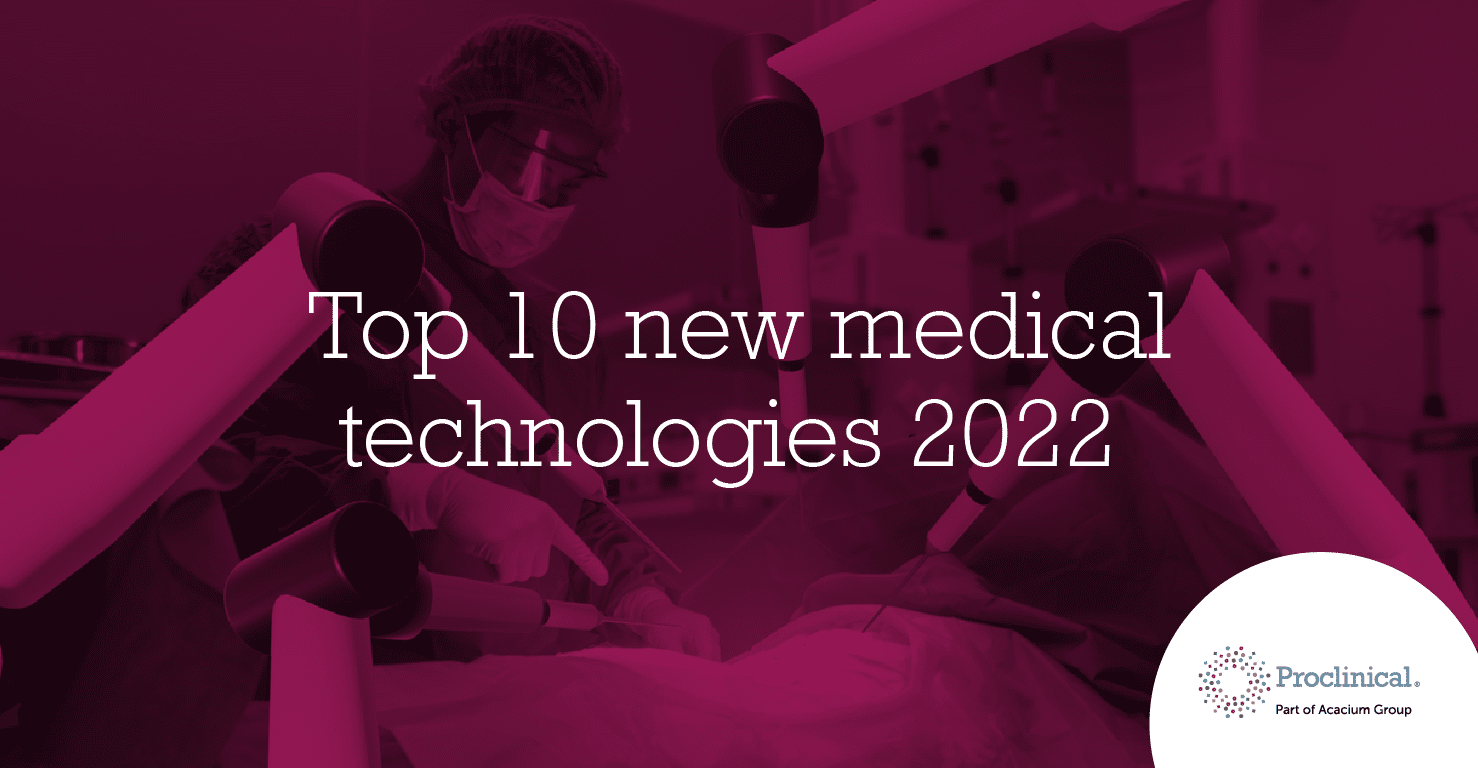This article highlights ten cutting-edge medical technologies that have the potential to save millions of lives. These revolutionary technologies include CRISPR gene editing, artificial organs, wearable health monitors, 3D printing, nanotechnology, artificial intelligence, robotic surgery, telemedicine, personalized medicine, and regenerative medicine. Each technology brings something unique to medicine, from providing more personalized and effective treatments to using the body’s own cells and tissues to repair or replace damaged ones. With these technologies continuously advancing and improving, the future of medicine looks bright, promising longer and healthier lives for individuals across the globe.
10 Cutting-Edge Medical Technologies That Could Save Millions of Lives
1. CRISPR Gene Editing
CRISPR is a gene editing tool that enables scientists to modify or delete DNA sequences in living cells. This technology is incredibly precise and efficient, and it has the potential to revolutionize medical treatments for genetic diseases such as cystic fibrosis, sickle cell anemia, and muscular dystrophy.
2. Artificial Organs
For patients who need a new heart, lung, or kidney, the wait for a transplant can be agonizingly long. But breakthroughs in the field of regenerative medicine mean that scientists are getting closer to creating artificial organs that can be used to replace damaged ones, offering a life-saving alternative to transplantation.
3. Wearable Health Monitors
Smartwatches and fitness trackers have already transformed the way we think about exercise and wellness. But increasingly sophisticated wearable devices can also monitor vital signs like heart rate, blood pressure, and even blood sugar levels, giving doctors and patients a wealth of real-time health data to work with.
4. 3D Printing
The development of 3D printing technology has opened up a whole new world of possibilities in the field of medicine. From printing prosthetic limbs to creating custom-made implants, 3D printing can help doctors provide more personalized and effective treatments for patients with a wide range of conditions.
5. Nanotechnology
Nanotechnology involves the use of tiny particles and materials at the nanoscale level to create new materials, devices, and systems. In medicine, nanotechnology has the potential to revolutionize the way we deliver drugs, fight cancer, and even diagnose diseases.
6. Artificial Intelligence
Artificial intelligence (AI) has already shown incredible promise in a range of applications, from self-driving cars to virtual assistants. In medicine, AI can be used to analyze vast amounts of patient data, identify patterns, and even make rapid diagnoses in emergency situations.
7. Robotic Surgery
Advances in robotics and AI have also opened up new possibilities in the field of surgery. Robotic surgical systems give doctors increased precision and control during procedures, and can potentially reduce the risk of complications and recovery time for patients.
8. Telemedicine
Telemedicine involves the use of video conferencing, mobile apps, and other remote technologies to provide medical care and consultation over a distance. This can be especially valuable for patients in rural or underserved areas, as well as for those who find it difficult to travel to appointments.
9. Personalized Medicine
Personalized medicine involves using genetic information, along with other factors like lifestyle and environmental factors, to tailor medical treatments to individual patients. This approach can lead to more effective treatments, fewer side effects, and better outcomes for patients.
10. Regenerative Medicine
Regenerative medicine involves using the body’s own cells and tissues to repair or replace damaged ones. This approach holds incredible promise for treating a wide range of conditions, from heart disease to diabetes to spinal cord injuries.
In conclusion
These are just a few of the cutting-edge medical technologies that could save millions of lives in the coming years. As scientists and researchers continue to push the boundaries of what’s possible, it’s clear that the future of medicine is full of promise and potential. Whether it’s through gene editing or artificial organs, wearable health monitors or nanotechnology, the innovations of the future will undoubtedly help us all live longer, healthier lives.
